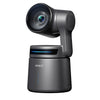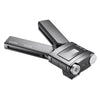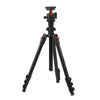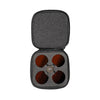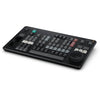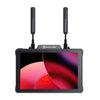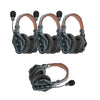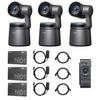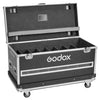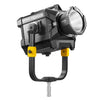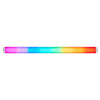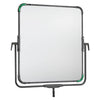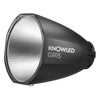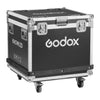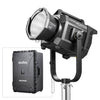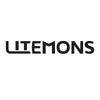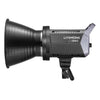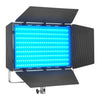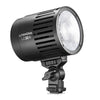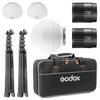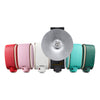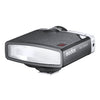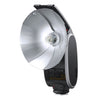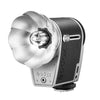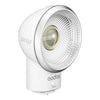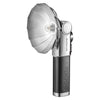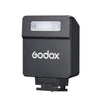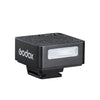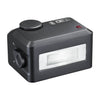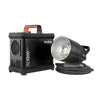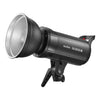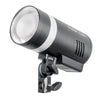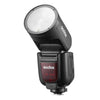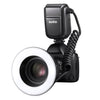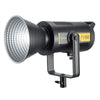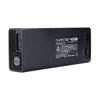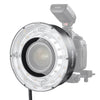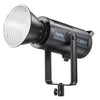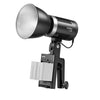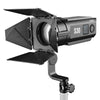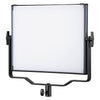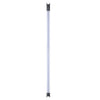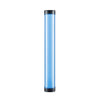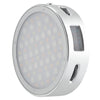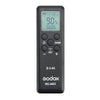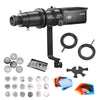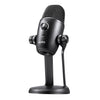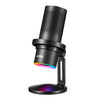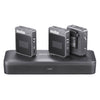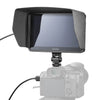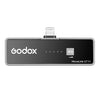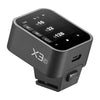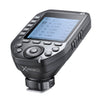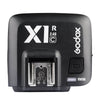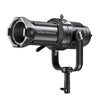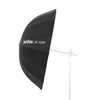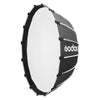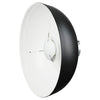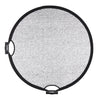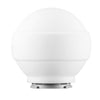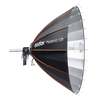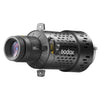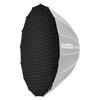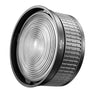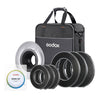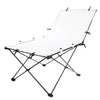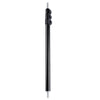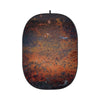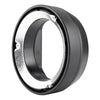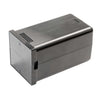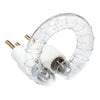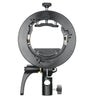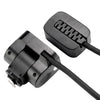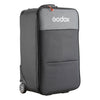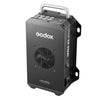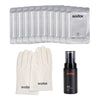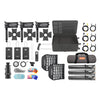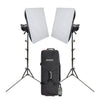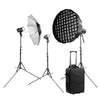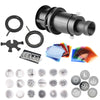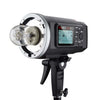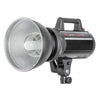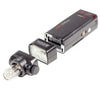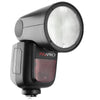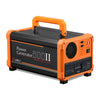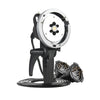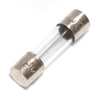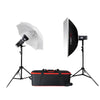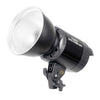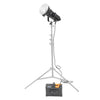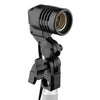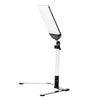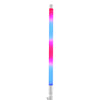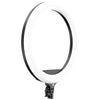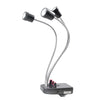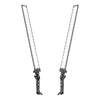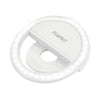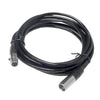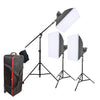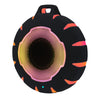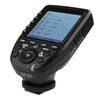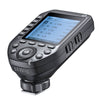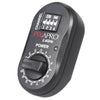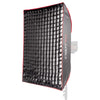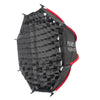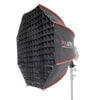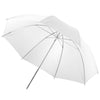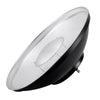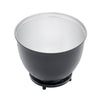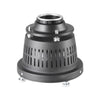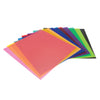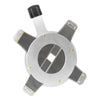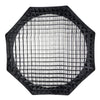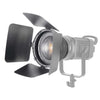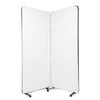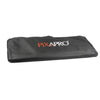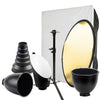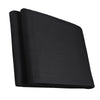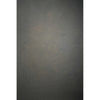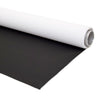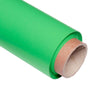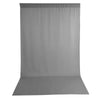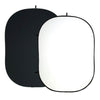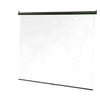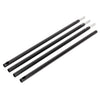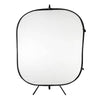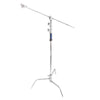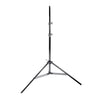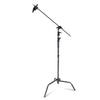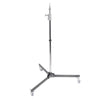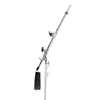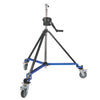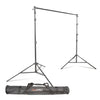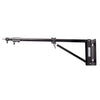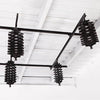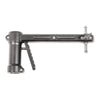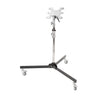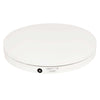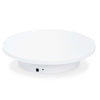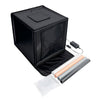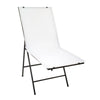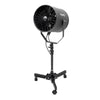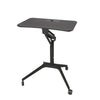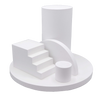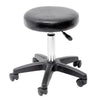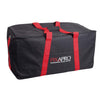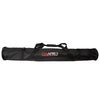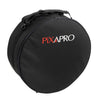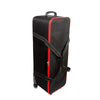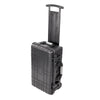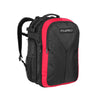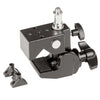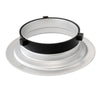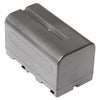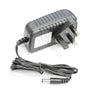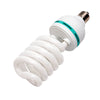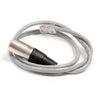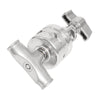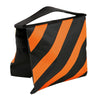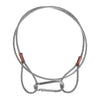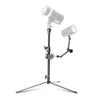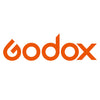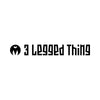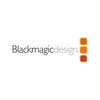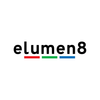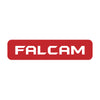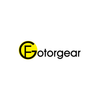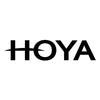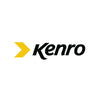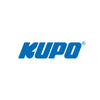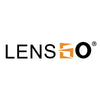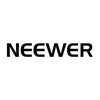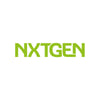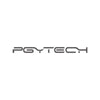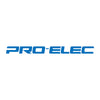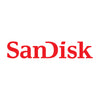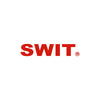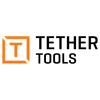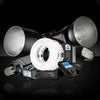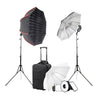GIO1 vs A1 vs A1X
Speedlites are one of the most common forms of flash lighting available, as they are the perfect solution for on and off camera flash. The newest advancement in Speedlite technology is the addition of a Magnetic Round Flash Head, helping to create a softer light fall-off and making it much easier to use modifiers with your Speedlite. In this Blog, we take a look at three Speedlites currently available on the Market, the PiXAPRO GIO1, Profoto A1 and the updated Profoto A1X, to see how these lights compare and which would be the best option for you.
Similarities
As previously stated, each of these Speedlites come with a Magnetic Round Flash Head, perfect for softer and more gentle light drop-off on your subject. Each Speedlite also has a maximum power output of 76Ws, which is very powerful compared to other Speedlites currently available on the market, and will allow each light to offer a very high-quality output. When it comes to adjusting the power, the three Speedlites allow you to adjust the power range from 1/1 full power all the way down to 1/256 power, creating many different lighting possibilities for your shoots. The Speedlites also offer both Manual and TTL flash control, meaning you can either manually adjust the settings of your Speedlite or you are able to use the TTL (Through the Lens) function. This function takes a pre-flash before the actual shot, this then adjusts your Speedlite to the settings it believes it requires to produce the best lighting for the situation, then it takes the second flash for your shot. Also included in each Speedlite is a LED Modelling Lamp, this helps to give both the photographer and the subject an idea and example of where the light is going to fall from the Speedlite, so you can adjust your shoot accordingly.


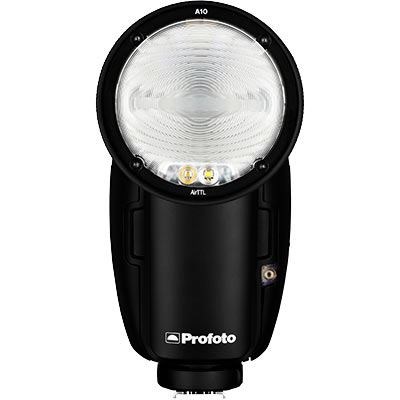
Profoto A1
Differences
Now that we have looked at the similarities, lets take a look at how these lights differ. All three Speedlites do come with a Rechargeable Li-ION Battery, which are specifically designed to work with each Speedlite making them better than standard batteries. Whilst you would believe that as each Speedlite offers the same power output, they would offer the same usage from the batteries, but this isn’t the case. The Profoto A1 allows approximately 350 full-powered flashes per charge, which is a decent amount but it doesn’t really match to the other Speedlites. The updated Profoto A1X allows for approximately 450 full-powered flashes, which is good, but the PiXAPRO GIO1 offers approximately 480 full-powered flashes. This means that the GIO1 offers more usability during a shoot, and will allow you to gain more usage during long location shoots before needing to recharge. The GIO1 has better usability in another way compared to the Profoto A1 and A1X, and this is the compatibility of the Speedlites with Camera Brands. The Profoto A1 is only available for Canon and Nikon, and the Profoto A1X is only available for Canon, Nikon and Sony. This means customers may not be able to use these Speedlites if they use a less-common camera brand. The GIO1 makes sure to cover a wider range of photographers, as whilst it can be used with Canon, Nikon and Sony, it is also compatible with Olympus/Panasonic, Fuji and Pentax. These added camera brand options mean that the GIO1 reaches out to a larger customer base and doesn’t exclude any potential customers.
When it comes to the Flash Duration of these Speedlites, they are very similar, but the PiXAPRO and Profoto Speedlites do differ. The Profoto A1 and A1X both have a flash duration of 1/800 to 1/20,000 second and the PiXAPRO GIO1 offers a flash duration of 1/300 to 1/20,000 second. So, whilst they do all have the same fastest flash duration possible, the GIO1 does offer you a slightly wider range when it comes to your flash duration, opening up different lighting possibilities. The recycle times do differ more between each Speedlite. Both the Profoto A1 and Profoto A1x offer a quickest recycle time of 0.05seconds, but the Profoto A1X is faster overall, with it being from 1 second compared to 1.2 seconds offered by the Profoto A1. The GIO1 also has a very respectable recycle time of <1.5 seconds, meaning that all Speedlites offer you a super quick and professional recycle time.
Each speedlite comes with its own manual and automatic zoom range, but again the PiXAPRO and Profoto Speedlites have differences. The Profoto A1 and Profoto A1X has an automatic zoom range of 32mm – 105mm, but the GIO1 has an automatic zoom range of 28mm – 105mm, meaning that the GIO1 allows you the ability to better restrict the light being produced to act as a spotlight, offering more potential lighting opportunities. When it comes to controlling the Speedlite, each offers their own levels of control. For Channels, the GIO1 offers the most at an incredible 32 channels available for your lighting. The Profoto A1X does offer a very useful 20 channels, and the Profoto A1 offers 8 channels, making the GIO1 much better when it comes to using multiple different lighting set-ups at a time and helps to prevent any possible interference. As for Groups, both the Profoto A1 and Profoto A1X offer 6 groups and the GIO1 offers 4, which means that each speedlite is very useful when it comes to separating and adjusting the settings of your speedlite individually.
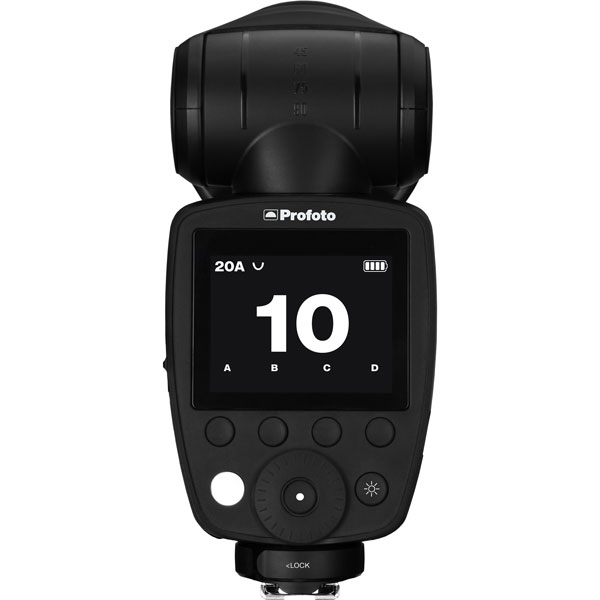

Profoto A1X
The sizes of each speedlite are very similar also, but again the PiXAPRO and Profoto models do have slight difference. The Profoto A1 and Profoto A1X both have dimensions of 75mm x 108mm x 165mm and the GIO1 has dimensions of 76mm x 93mm x 197mm, making the GIO1 the slightly larger Speedlite overall. But even with the extra size compared to the Profoto models, the GIO1 actually weighs less at 534g, compared to the 560g that both the Profoto A1 and A1X, making it very lightweight and portable, ideal for location photography.
The PiXAPRO GIO1 does have some addition perks to it compared to the Profoto A1 and A1X models. The GIO1 comes with a Built-in 2.4GHz Receiver which makes it part of the PiXAPRO ONE System. This system means that the GIO1 can be used in conjunction with the entire PiXAPRO flash range (excluding the RIKO400), and these lights can all be controlled by the same PiXAPRO trigger. The GIO1 also comes with a 2 Year UK Warranty, meaning that if you have any issues or problems with your GIO1, you can get in contact with PiXAPRO and they will be able to look into the best resolution possible for you.
Finally, lets look at one of the most important things for any potential customer, the cost. The PiXAPRO GIO1 Speedlites costs £228.99, which is very nice and reasonable for a customer with a budget. The Profoto models are quite a bit more expensive, with the A1 cost from £689 and the A1X costing from £949, making the A1 over three times as expensive and the A1X over four times more expensive. This huge difference in price could be very crucial to a potential customer with a small budget, and the extra money saved with purchasing the GIO1 could go towards a wide range of modifiers and accessories that the customer could find necessary for their photography.


PiXAPRO GIO1
Conclusion
Having looked into the specifications and information regarding these three different Speedlite, it is easy to see that they all do have their own positives. But these differences don’t really separate these different Speedlites hugely, and with the differences in prices between the PiXAPRO GIO1 and Profoto A1 and A1X, its hard to argue that the GIO1 wouldn’t be the best option out of the three available.










































